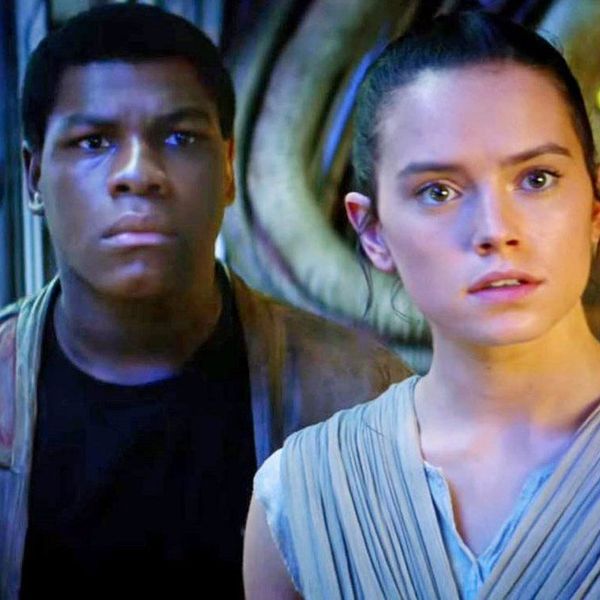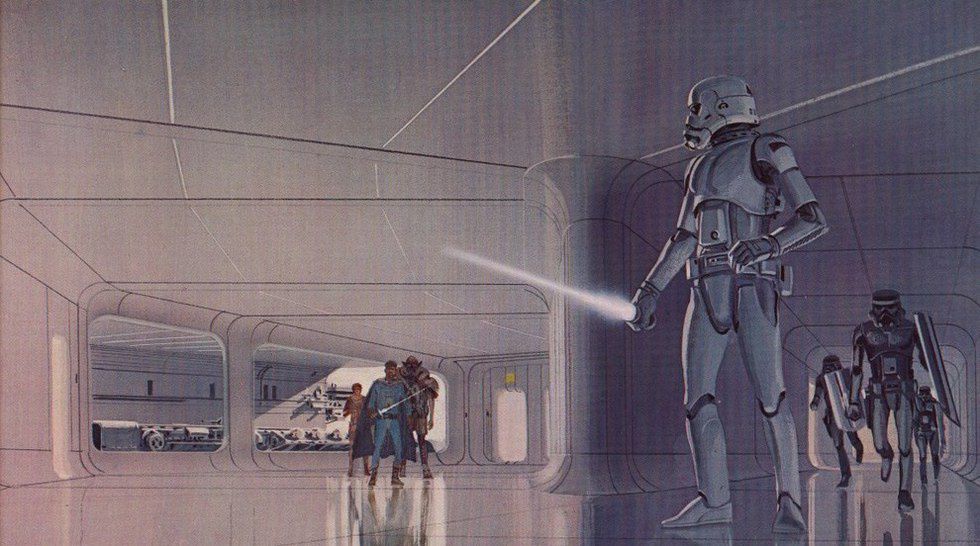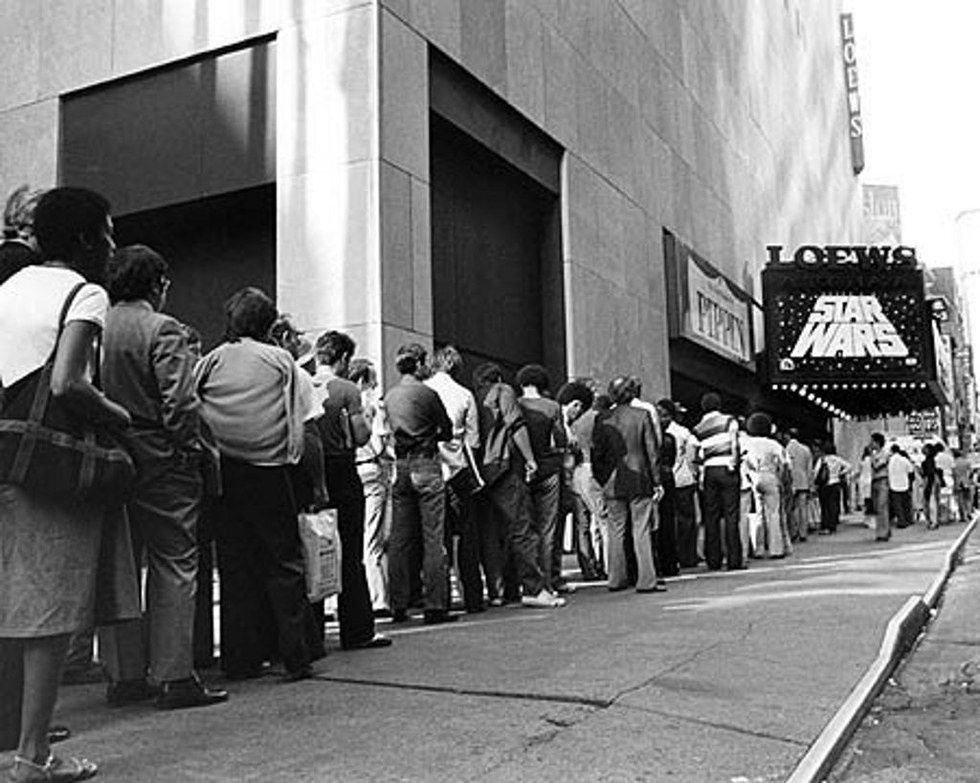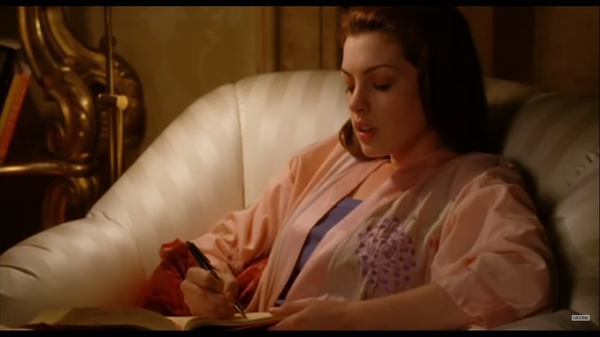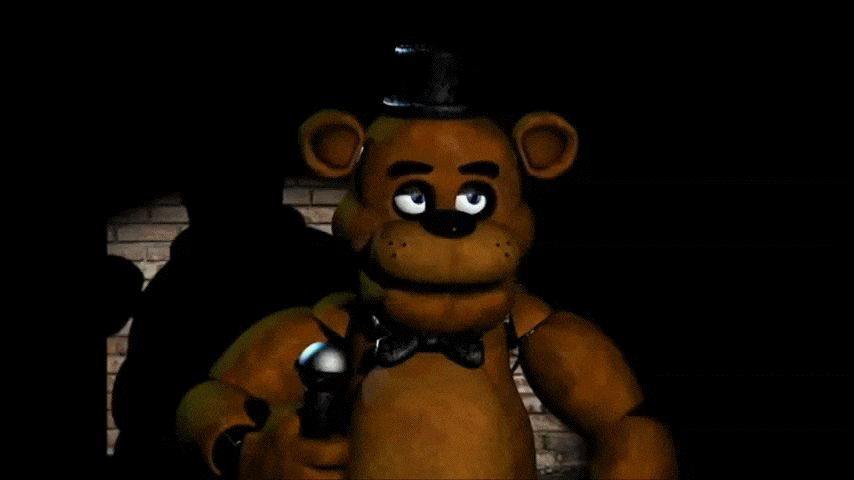In just over two months, yet another Star Wars movie will be released. Thirty-nine years have passed since the May 25, 1977 opening of Star Wars: Episode IV: A New Hope, and it does not look like the people have become tired of the media giant. I sure haven't, already planning to see the upcoming Rogue One at least twice in theaters. The most recent installment in the main saga, The Force Awakens made over two billion dollars at the box office within a matter of months, made a billion dollars in a few weeks. People young and old showed up, children, adults, grandparents. Near everybody from every walk of life eventually found their way into the theater, and even if you didn't, there is no doubt that you haven't in some way been exposed to the Star Wars franchise. Yet, even though the series is pulling billions of dollars in revenue, there was little faith in the original production, and it is almost entirely an accidental hit, one unexpected by everyone, including the creator.
George
Lucas attended the University of Southern California, and excelled in
the film program, being considered part of the “Dirty Dozen” of
filmmakers in the era – young, upstarting students who had immense
talent and skill in their craft. Around 1968, Lucas and Francis Ford
Coppela formed American Zoetrope, a film studio in which they would
produce their original projects and help others get their movies into
production. Lucas had made a short film, Electronc
Labyrinth THX-1138, a
science-fiction drama, which attracted the attention of another
rising director, Steven Spielberg. As the three began to make their
mark as part of “New Hollywood,” Lucas looked to his love of
classic science-fiction movie serials and films, such as Flash
Gordon. By 1970, Lucas was
trying to get a remake of Flash Gordon
off the ground, but the rights could not be secured to American
Zoetrope. Instead, Lucas adapted Electronic Labyrinth to
a feature-length, releasing his directorial debut, THX-1138
in 1971. A commercial failure and lukewarm reception, this
discouraged Lucas, leading to Coppela hiring Lucas to work as an
occasional camera operator and second-unit director on The Godfather. The two
would later collaborate on Apocalypse Now,
which was originally intended to be directed by Lucas, until he
started work on Star Wars.
Around this time, Lucas formed his own studio, Lucasfilm, to pursue
his own individual projects.
In
1973, George Lucas released his seminal teen drama, American
Graffiti. The film was an
instant success, and Universal called on Lucas to work on a second
film for the company. Recalling his failed attempt to get Flash
Gordon made, Lucas started
writing a massive screenplay for a sci-fi epic, then known as The
Star Wars. This version differed
vastly from the final product. It followed “Anikin Starkiller,” a
training Jedi Bendu. He traveled through space with his father and
brother, fighting the evil Empire's lightsaber-weilding
Stormtroopers, the Imperial officer Darth Vader, and met characters
like Han Solo, a green-skinned alien, and General Luke Skywalker, an
aging member of the resistance forces. Gary Kurtz, who signed on as
producer due to their work together on American Graffiti,
suggested the script be streamlined, leading to different drafts and
ideas, such as a female protagonist and a search for a Force-based
crystal – ideas that would be used in later Star Wars
projects. Universal ended up passing on the project, as did Disney.
Due to the idealism of Alan Ladd Jr., Kurtz, and the paintings
commissioned from noted concept artist Ralph McQuarrie, Eventually,
the script came to being called The Star Wars: The
Adventures of Luke Starkiller,
then eventually, The Adventures of Luke Skywalker, as taken
from The Journal of the Whills, Saga 1: The Star Wars.
Fox had the title shorted and reworked. The budget was approved, and
Lucas could begin work in 1975.
Sharing
audition space and time with friend Brian de Palma, Lucas ran his
Star Wars auditions at
the same time as Carrie.
Both productions were searching for unknown actors, and if one did
okay for one film, but could do better in the other, they were sent
to the other director. Robert Englund, who would go on to play Freddy
Kruger, auditioned for the part of Han Solo, and told a couch-surfing
friend named Mark Hamill to audition for Star Wars.
Carrie Fisher auditioned for both films, and was selected for final
rounds for Lucas' project. Doing a favor for a friend, which was
installing shelves for Lucas and Kurtz, was Harrison Ford. He was
brought in to read for Han and Luke during screen tests, eventually
reading only for Han. Once the three read a scene together, the
casting for the leads was made. Bodybuilder David Prowse and medical
assistant Peter Mayhew were selected to meet with Lucas, Mayhew
choosing to play Chewbacca. Prowse was cast in the physical portrayal
of Darth Vader, while Orson Welles was scouted for the voice – when
it proved that Welles would be too expensive and well-known, James
Earl Jones was brought in. Alec Guinness, Oscar-winning actor, was
brought in to play Obi-Wan “Ben” Kenobi, and Christopher Lee
turned down the role of Grand Moff Tarkin, but suggested Peter
Cushing, who took the part. Anthony Daniels and Kenny Baker were also
cast, as the droids that would bring the war to Luke Skywalker.
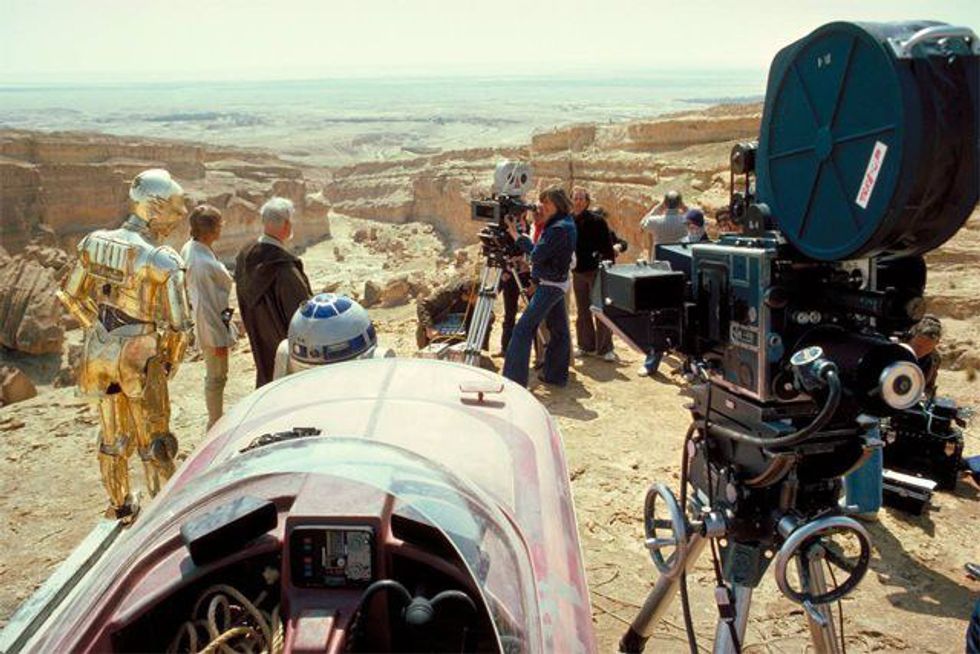
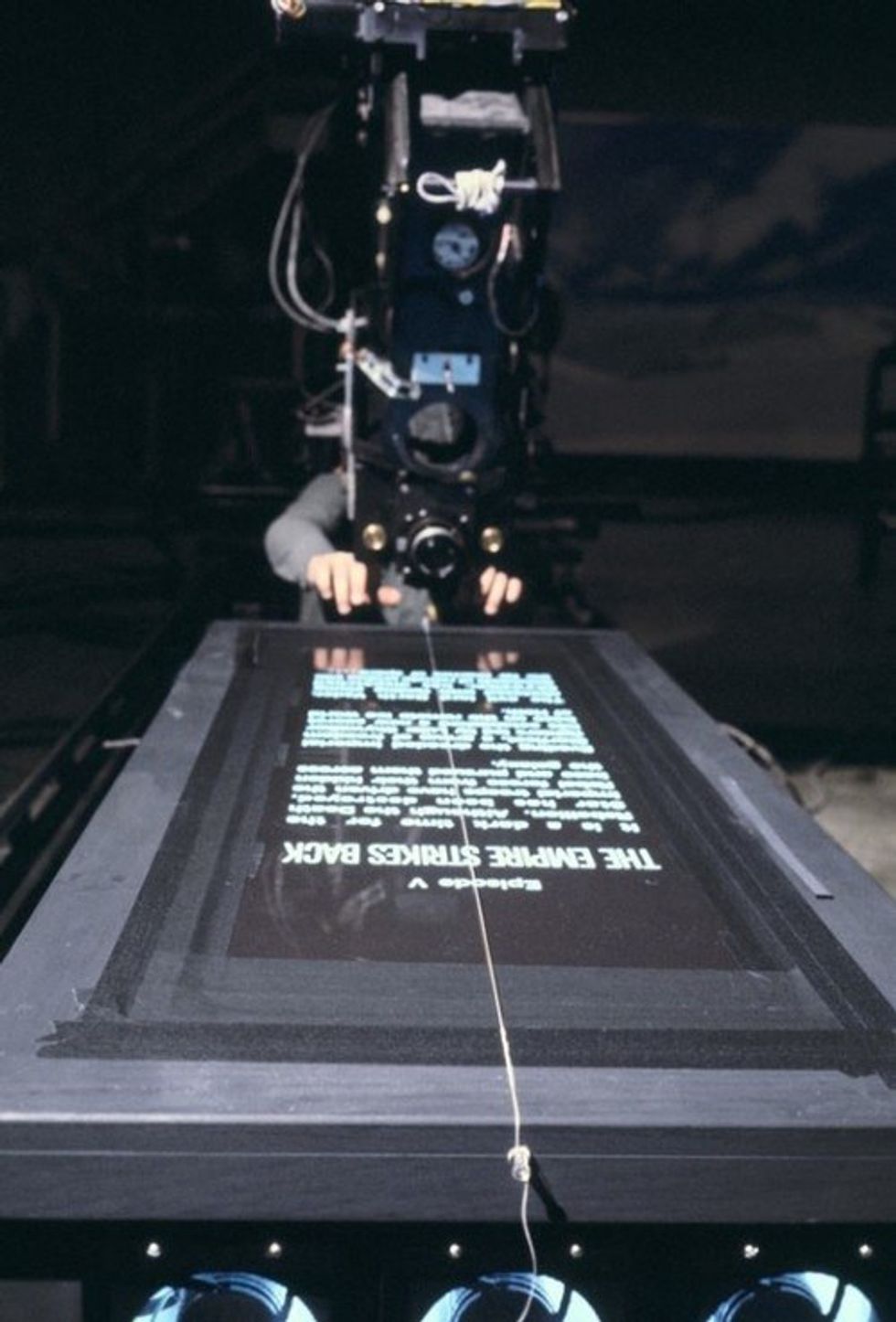
Once
all was said and done, George Lucas screened a cut for his friends,
including Spielberg. The only one who found
the film to be enjoyable was Spielberg, but scenes involving Luke
Skywalker and his friend Biggs Darklighter were cut to make the story
more of an action-based film than an epic in space. Lucas convinced
Fox to allow him to keep merchandising rights, as he could at least
make some money off of t-shirt sales. Lucas did organize an
adaptation of the film with Marvel Comics, to be written by Avengers
and X-Men writer Roy
Thomas. He also met with Alan Dean Foster, having him write a
novelization of the movie and a book that could be used to make a
low-budget sequel if the film failed. Around this time, Lucas and
Spielberg made a bet – Spielberg bet that if Star Wars
did better than his own Close Encounters of the Third Kind,
Lucas would give him a percentage of the annual income, and Lucas bet
on Close Encounters.
The film was released on May 25. People stood in lines that wrapped around the block, ready to get in to see Star Wars. Lucas went on a vacation with his wife (who helped edit the film) and Spielberg during the release. There, the idea for what would become Raiders of the Lost Ark was first brought about. Lucas only discovered the popularity of the film when he turned on the news to see Walter Cronkite talking about the “new science-fiction movie Star Wars.” Very quickly, despite issues and despite no faith, Lucas had created a massive empire (pun intended) – a toy deal was made with Kenner, and CBS wanted a TV deal, which of course led to the infamous The Star Wars Holiday Special. When they arrived back to Hollywood, George Lucas was being seen as a visionary, and the careers of the three leads skyrocketed. The book that Lucas had commissioned was given a paperback release as Splinter of the Mind's Eye. The film was an instant hit, winning multiple Academy Awards, and losing out on Best Picture in a very controversial vote by the Academy. Not long after the release. production started on the then-titled Star Wars II, which after multiple drafts and reworkings would become The Empire Strikes Back.
Fast
forward to 2016. Disney has now bought out Lucasfilm in an ironic
twist. The effects on the original trilogy were altered in a
controversial move in 1997. George Lucas is semi-retired, and two new
trilogies have been produced, one of which is still in the making.
Star Wars: Episode VIII
is due out in theaters in December 2017, forty years and a few months
after the anniversary of the original film. Toys are sold left and
right, video games and books are made on a regular basis, and two hit
television programs have aired in recent years, with a previous five
attempts during the 1980s. Charity costuming groups are based off the
series. Even when all was almost lost when they had to finish the
film quickly, George Lucas' science-fiction project has become one of
the most well-known media franchises in history. It is passed down
from generation to generation, and as long as there is people to see
them, Star Wars will
continue on. We can look forward to crowds, eagerly awaiting those
famous words - “A long time ago, in a galaxy far, far away” and
the fanfare of the opening crawl being met with cheers from the
audience of fans.


